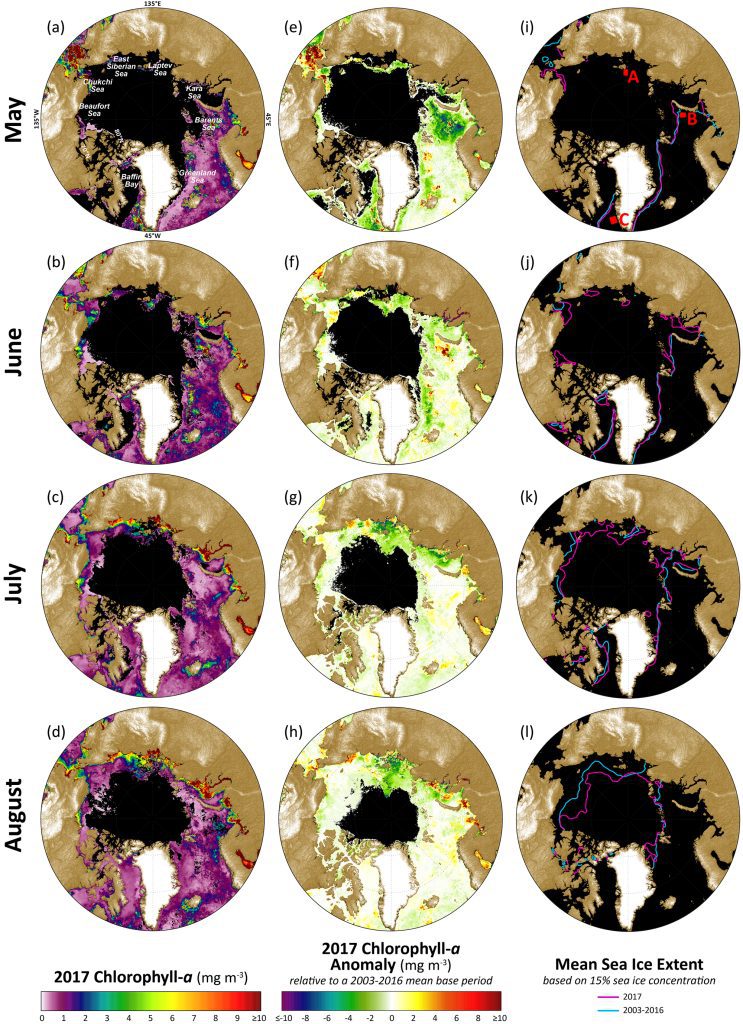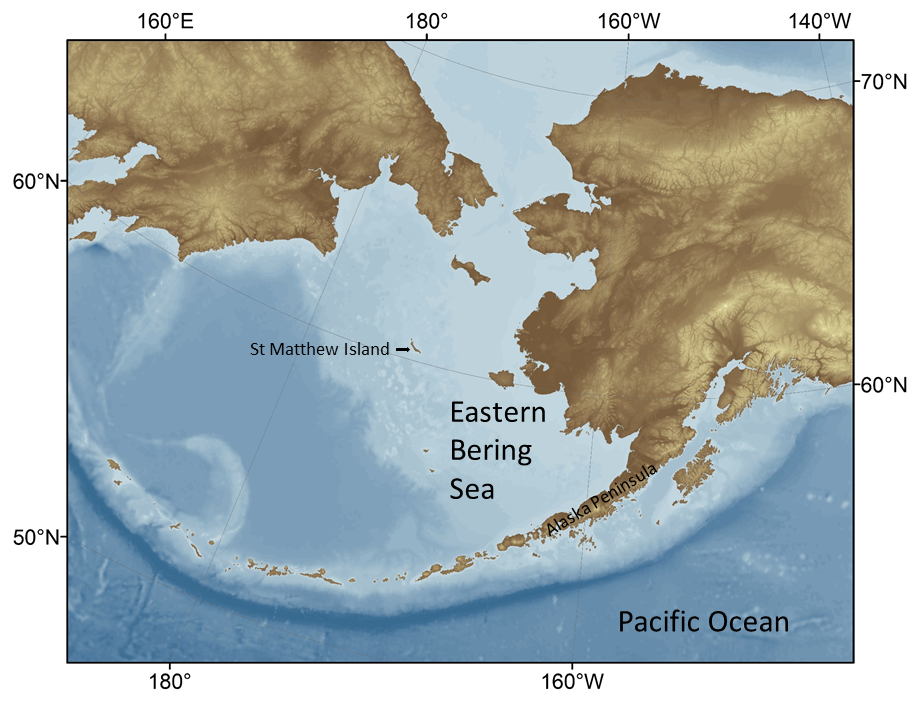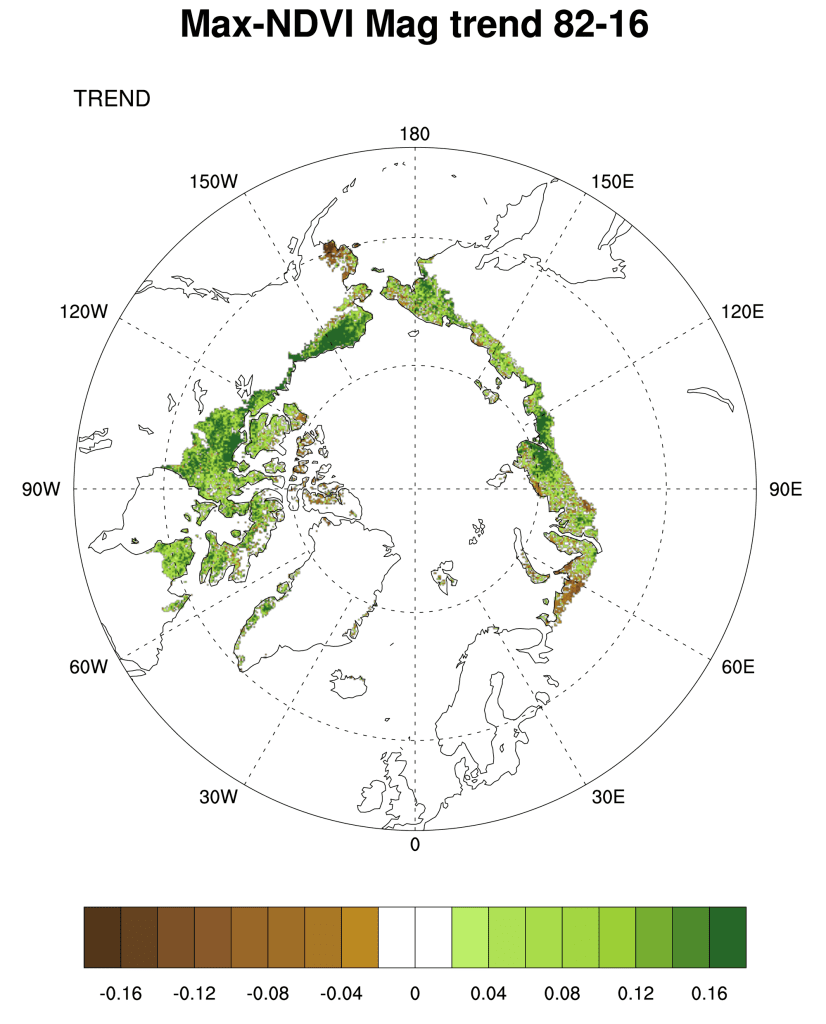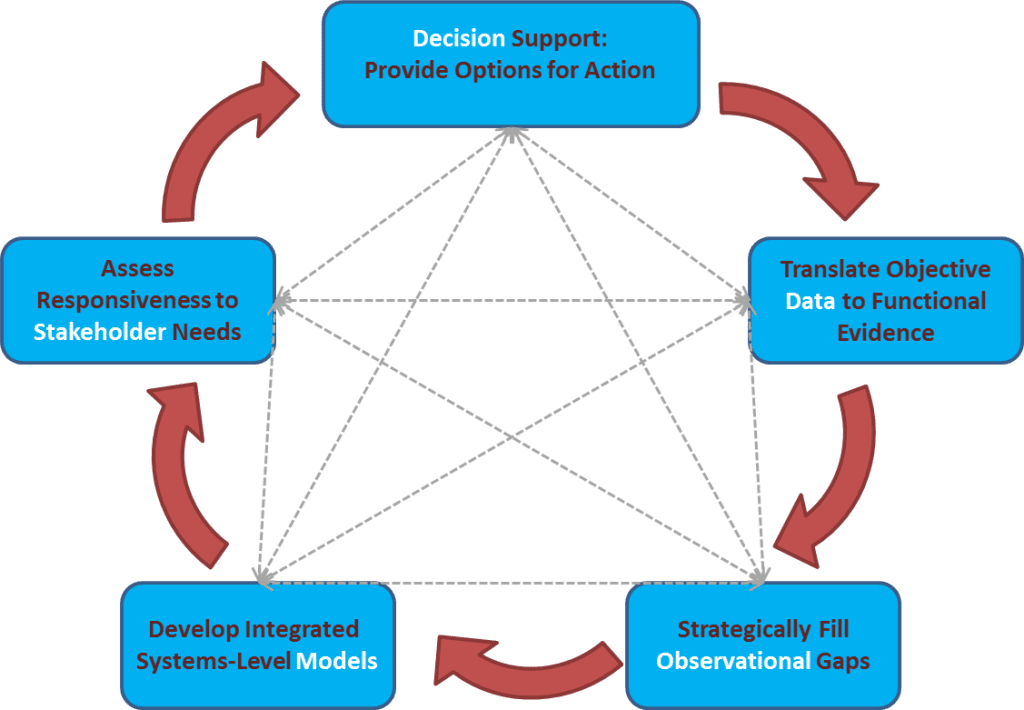Arctic Ocean Primary Productivity
Autotrophic minute algae living in the sea ice (ice algae) and water column (phytoplankton) are the main primary producers in the Arctic Ocean. Through photosynthesis, they transform dissolved inorganic carbon dioxide into organic material. Consequently, primary production provides a key ecosystem service by providing energy to the entire food web in the oceans.
Arctic Ocean Primary Productivity Read More »






